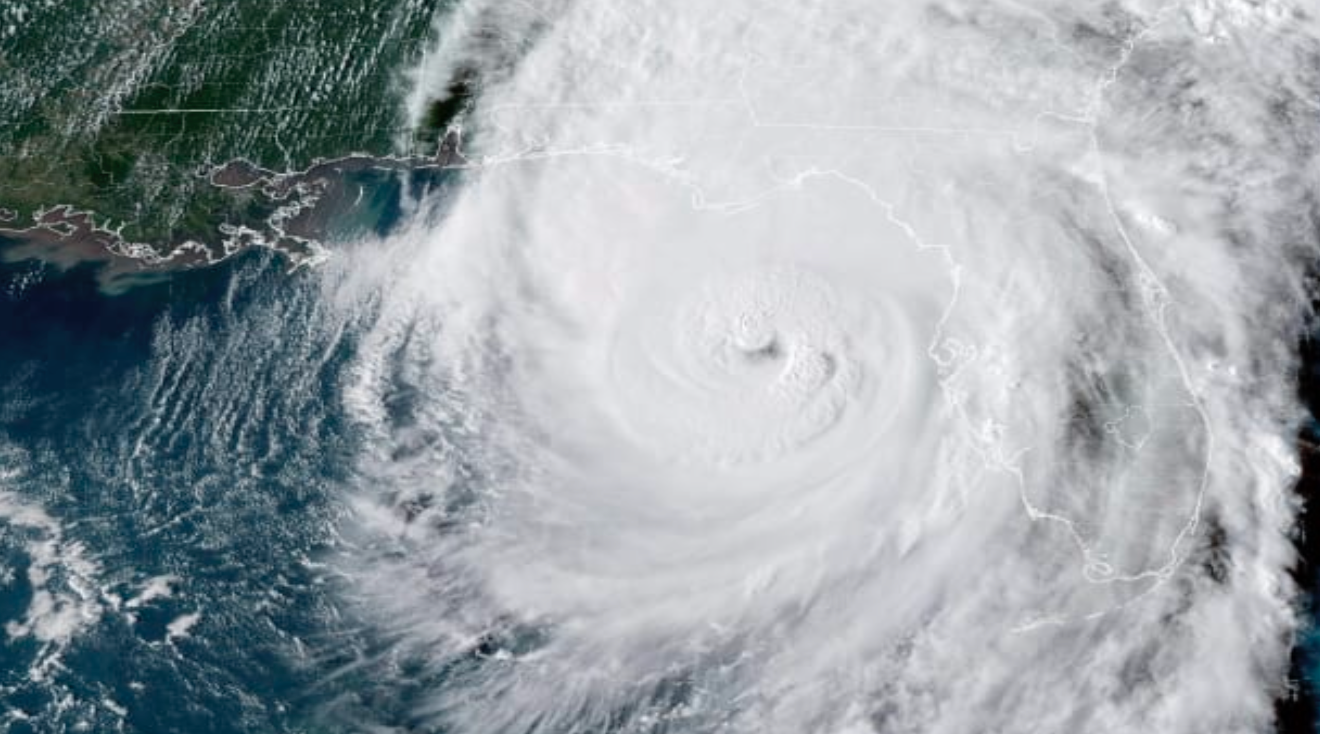Building a Resilient and Sustainable Future: Landquest Ventures at the Forefront
This term represents a concept describing how well people and/or ecosystems are prepared to recover from hazardous climate events. It is more formally defined as, “the capacity of social, economic and ecosystems to cope with a particular hazardous event or trend or disturbance.” More specifically, climate resilience can be the ability to recover from potentially devastating climate-related occurrences such as floods and droughts. Typical methods of coping with these events appropriately might include: 1) suitable responses to maintain relevant society and ecosystem function, 2) increasing climate resilience by reducing the climate vulnerability of less fortunate people and their countries. Efforts employed today to increase climate resilience generally consist of a wide a range of social, economic, technological, and political strategies. To be effective, these efforts need to be implemented at all levels of society, ranging from local community action to global treaties.
In order to encourage societies to work towards climate resiliency. Throughout the globe, politically motivated groups are mobilizing to encourage more climate resilient development. This kind of development has become the new paradigm for sustainable development influencing thought, theory, and practice across all sectors globally. Two approaches that fall under this kind of development are: 1) climate resilient infrastructure and 2) climate-smart agriculture. A third concept taking hold are climate-resilient water services. These are services that provide access to high quality drinking water during all seasons and even during extreme weather events. Going forward, national and local governments are now more swiftly adopting policies for more climate resilient economies. International frameworks such as the Paris Agreement and the Sustainable Development Goals are drivers for such initiatives.
At present, much of the work regarding climate resilience has focused on actions taken to maintain existing systems and structures. This largely relates to the capacity of social-ecological systems to sustain extreme events and the maintaining of their integrity in the face of significant external forces. The three basic capacities are absorptive, adaptive, and transformative, each of which contributes different factors regarding resilience efforts. Most importantly, this certainly includes the capacity of social-ecological systems to renew, develop, and to utilize effects of major climate events as opportunities for innovation and evolution of new pathways forward showcasing improvements and adaptation to changes.
Today the gradual building of climate resilience is becoming a highly comprehensive undertaking involving of an eclectic array of actors and agents from individuals, community organizations, corporations, governments at local, state, and national levels to international organizations. Essentially, actions that bolster climate resilience are ones that enhance the adaptive capacity of social, industrial, and environmental infrastructures that can more easily mitigate the effects of climate change. Research indicates that the strongest indicator of successful climate resilience efforts at all scales is a well-developed, existing network of social, political, economic and financial institutions that are already positioned to effectively take on the work of identifying and addressing the risks posed by climate change.
Cities, states, and nations that have already developed such networks are, as expected, to generally have far higher net incomes and gross domestic product (GDP) in the future.
Sustainability:
Sustainability is defined as meeting the needs of the present without compromising the ability of future generations to meet their own needs. While environmental sustainability refers to:
- Responsible management of natural resources to fulfill current needs without compromising future generations1.
- Balancing ecological, economic, and social goals1.
- Reducing carbon emissions and promoting renewable energy1.
- Ensuring equitable resource access
The human race in general throughout the world want the same basic things in their lives such as: 1) immediate access to clean air and water; 2) viable economic opportunities; 3) safe and healthy places to raise their kids; 4) reliable shelter; 5) lifelong learning opportunities; 6) a sense of community; and 7) having some effective say in the decisions that most affect their lives. The ideal sustainable community takes into account and addresses multiple human needs and not just one at the exclusion of all others.
Sustainability creates opportunities where people of diverse backgrounds and perspectives feel welcome and safe in a place where every group has a seat at the decision-making table, where vision and prosperity can be shared. Its shear meaning suggests a long-term perspective primarily focusing on anticipating and adapting to change in both the present and future. It's important to point out, a high functioning sustainable community successfully manages human, natural, and financial capital in order to meet current needs while ensuring that adequate resources are available for future generations. Strong communities are the foundation of a peaceful and healthy planet for humanity. However, climate change, income inequality, and social injustice appear to be the most significant existential threats to building strong, sustainable communities.
Efforts at all levels of society throughout the world are more readily adopting more sustainable living standards are the absolute key to the future. As population growth increases and available resources are trending towards decline. One of the most important aspects of sustainability is the need for collaboration. Everyone, individuals, businesses, and governments—needs to play a role in protecting our environment and way of life for this generation and those to come. The more we incorporate the three pillars of sustainable development into everything we do, the more powerful a tool sustainability becomes to improve our lives.



